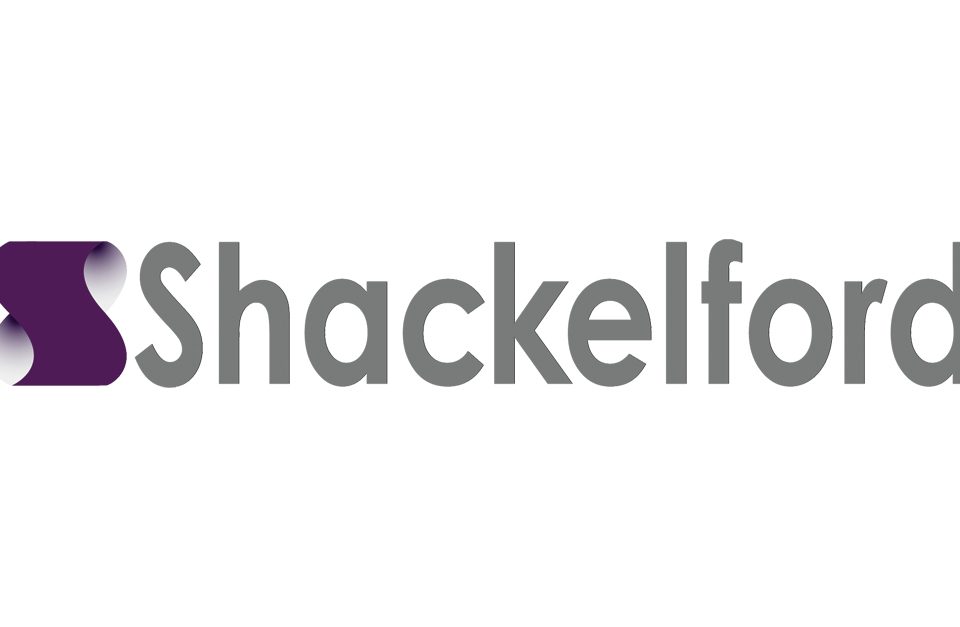I was recently asked about the definition of “known icing conditions.” The individual asking the question was unable to find a definition in FAR Part 91. Unfortunately, “known icing” is not defined in FAR Part 91. Although FAR 91.527 discusses operating in icing conditions, it only applies to large and turbine multi-engine aircraft.
“Known icing” is, however, defined in the Aeronautical Information Manual (“AIM”). AIM 7-1-23 Table 7-1-8 defines “known icing” as “atmospheric conditions in which the formation of ice is observed or detected in flight. This should be distinguished from “forecast icing” which is defined in AIM 7-1-23 Table 7-1-8 as “environmental conditions expected by a National Weather Service or an FAA-approved weather provider to be conducive to the formation of inflight icing on aircraft.”
But you cannot simply rely upon these AIM definitions. You also need to look at NTSB precedent to determine how the Board defines/interprets “known” or “forecast” icing as it relates to pilots in FAA enforcement actions. According to the many NTSB cases addressing this issue, a PIREP of icing, if in the same vicinity as the flight in question, would constitute “known” icing conditions. Also, if icing or the potential for icing is forecast, the Board will consider it to be “known” icing conditions.
Keep this information in mind when you are making the go/no-go decision at this time of year when both “known” and “forecast” icing conditions are prevalent.



